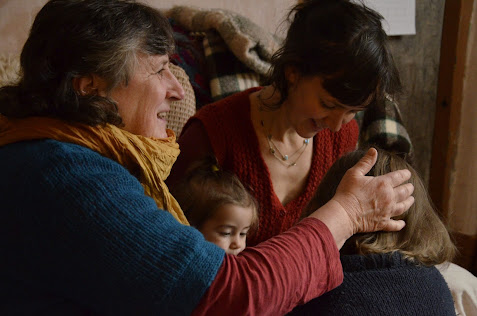These notes are for children from about 18 months old. For babies things are different.
Before bringing your child for a treatment, please make sure you have booked a phone consultation so that I have had a chance to hear about what you want for your child and what their experiences have been.
Our sessions are not social occasions. The first session starts when I come out to greet you by the car. Although I may appear to be ignoring your child, I am actually observing and the session has already started, so I may not be responsive to everything you say. As a general principle, children don’t have to say hello, goodbye, thank you, and after the session, they don’t have to put away any toys or books that they use. (This can be hard sometimes, we put so much time into teaching social skills that sometimes those instructions just pop out: “say goodbye”)
We go into my front room which has a sofa, chairs, a wood stove and a treatment couch. Everyone leaves shoes in the porch.
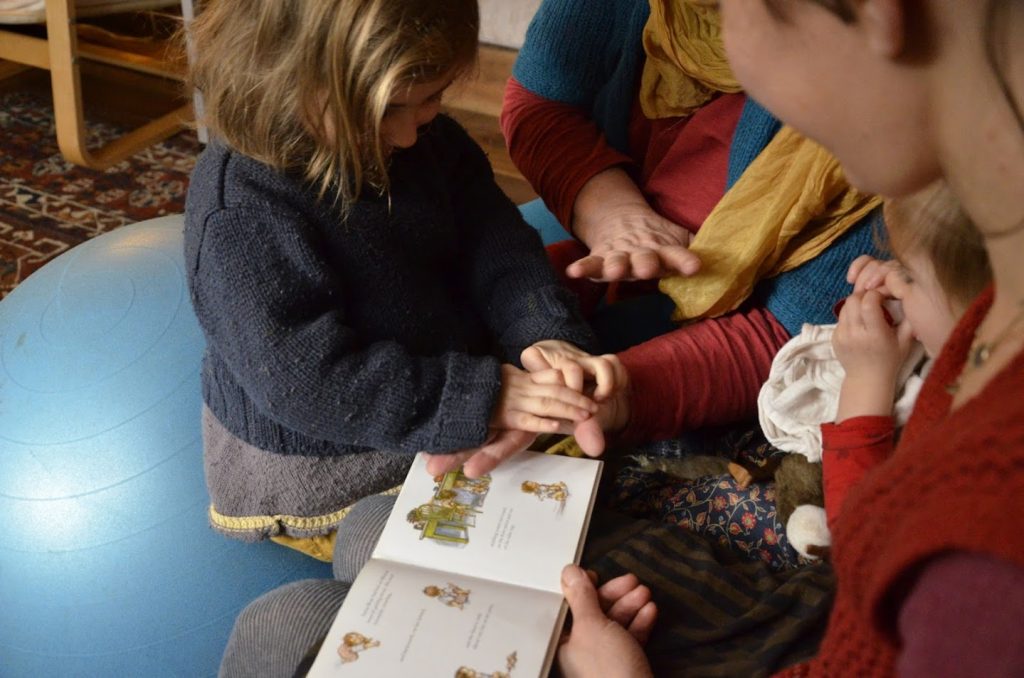
I will suggest that you and your child sit on the sofa. You at the end, your child in the middle or on your knee and I take some time to settle next to you. I will provide some books for you to read to the child if you are happy to do that. If you bring books of your own, please bring peaceful books with no exciting bits. Please read calmly and let go of any requirement for the child to engage or respond, it is just a way of giving the child something familiar to focus on.
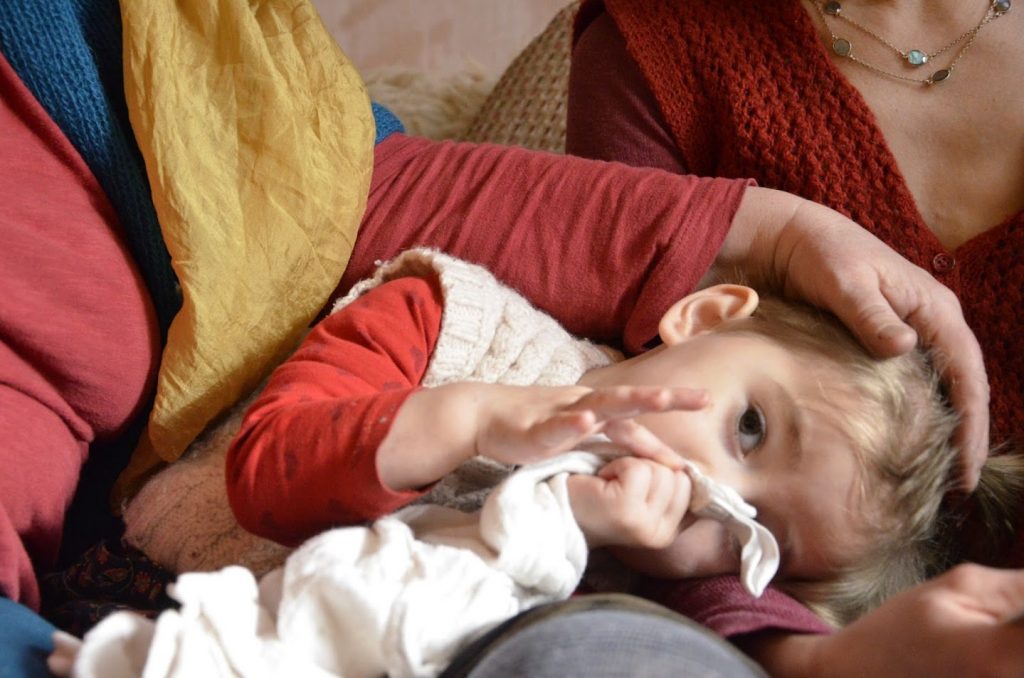
I will negotiate the contact with the child. This may take time and that is fine. They can take as much time as they need to be ready.
Children quite often need to wriggle, kick, move, scratch, sniff. This is all part of the process.
They may need to move around and take a break. I have some toys which they can play with. I will see if I can make contact while they are occupied. Mostly children seem to be content to sit and be read to.
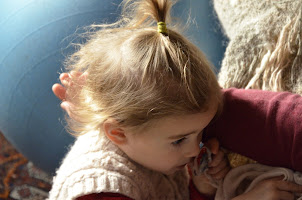
The session does not have a set length. Some children find it all a bit much at first and it is important to make sessions short as they adjust. Like all of us, if there are things that the child has learned to live with that are uncomfortable, they will be reluctant to have that memory rekindled by the treatment. It takes a little while to realise that the discomfort is going to be resolved, but it is quite often a delight for the child when it is.
Sometimes children will suddenly breathe out and snuggle up to the parent. Notice this and let them cuddle up to you.
And now, here is something that is not immediately obvious : Please don’t stroke your child during the session. I know it is a lovely thing to do and all parents do it, almost unaware of the lovely comforting movement. But when we are allowing hidden pain to reveal itself and heal, stroking the skin can be a distraction or even an irritation. Try it when you are annoyed: gently stroke your skin, sometimes it feels quite uncomfortable. I would suggest that you don’t stroke for an hour or so after the treatment so that the process started by the session can continue within the child. Hugging, holding, a still hand resting on your child don’t have the same effect. (But don’t worry if you forget, no one remembers it all the time!)
Sometimes, the touch is too much for a child and I may see if I can put my hand on you as an intermediary and you can put your hand onto the child. It is often very effective. You may feel a sense of relaxation too.
Near the end of the session I may ask the child if they feel that this is enough. We may have one more story while they go on processing the changes. I may or may not continue to be in contact with the child.
And then it is time to go.
And you put on your shoes and go away. No last bit of conversation, no thank yous, just go at the child’s pace. I have had children who come back to give me a hug or a whispered thank you, and that’s fine, but not at all necessary.
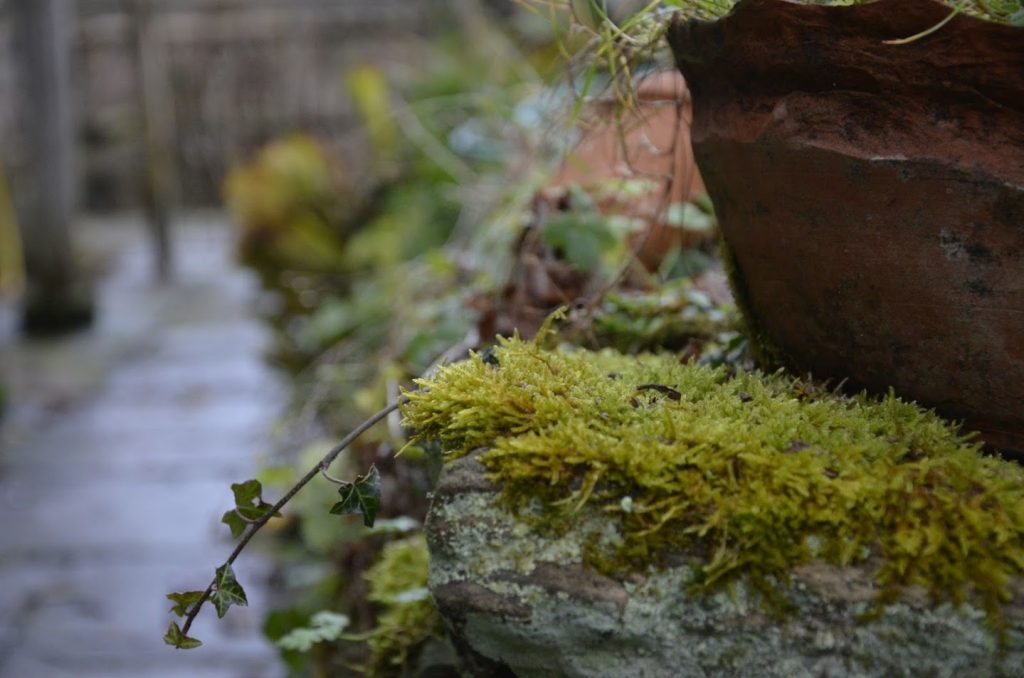
Afterwards, please don’t ask questions, the more the treatment stays beyond the realms of conscious awareness the better, and children are often at a loss to find words to describe their experiences anyway. I am always really grateful to hear any feedback there may be, but don’t try to elicit it. Often children tell siblings what it was like rather than telling a parent.
When we come to the end of a course of treatment, the decision is sometimes made when the child is present, but more often it is decided during a phone call. You can then tell your child that you don’t think there is a need for more sessions right now, but do check out whether they agree. I think it is also important to tell the child that they can always ask to come back. Children are very clear what they gain from the sessions and when life gets tough, or they have hurt themselves or been ill, they often express a desire for a session.

